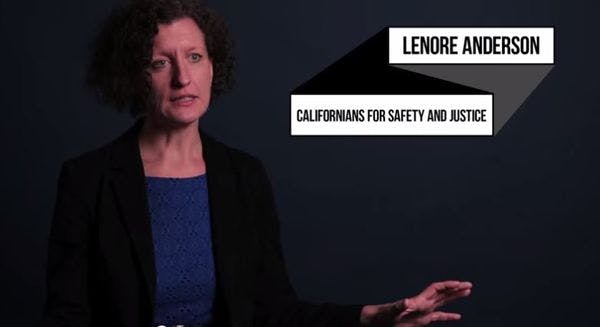How California is reducing its prison population
California has long been a bellwether for the nation’s attitudes on criminal justice policy.
During the 1990s, the state enacted its infamous “three strikes” law, which mandated dramatically longer sentences for people with prior felony convictions; the law came to epitomize the harsh mandatory minimums that swept the country.
Last fall, California made a significant course correction. Voters overwhelmingly approved Prop 47, a ballot initiative reclassifying many low-level nonviolent and drug offenses from felonies to misdemeanors. Advocates and officials across the country are now studying Prop 47 and gauging whether similar measures might succeed in their states.
Lenore Anderson had a lot to do with Prop 47’s success. Anderson, an attorney and former top aide to Oakland’s mayor and San Francisco’s district attorney, is executive director of Californians for Safety and Justice, a nonprofit organization that works for sensible reforms to promote public safety by spending less on incarceration and more on prevention and treatment.
Click here to read the full article.
Keep up-to-date with drug policy developments by subscribing to the IDPC Monthly Alert.
Topics
Regions
Related Profiles
- Open Society Foundations (OSF)
